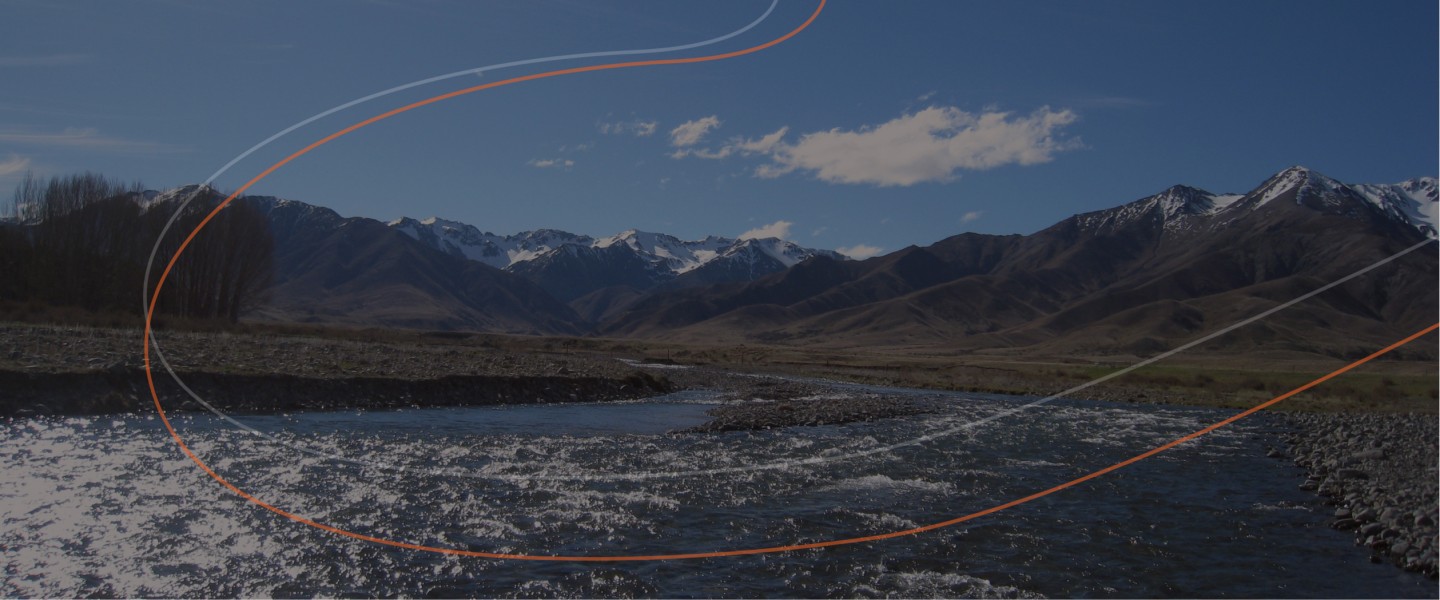Aotearoa New Zealand’s first reported outbreak of highly pathogenic avian influenza (HPAI) subtype H7N6 in a free-range egg farm in Otago underscores the importance of continued vigilance and investment in viral surveillance according to experts.
University of Otago virologist Prof Jemma Geoghegan and co-authors look at the implications of the outbreak in the latest Briefing from the Public Health Communication Centre - Aotearoa’s first case of highly pathogenic avian influenza: Heightened awareness and surveillance essential for early detection.
Prof Geoghegan says HPAI H7N6 subtype outbreak is distinct from the globally spreading HPAI H5N1 subclade 2.3.4.4b which has been devastating for wildlife and is a significant risk for public health and livestock industries worldwide.
“NZ is fortunate to, so far, remain free of the HPAI H5N1 lineage currently sweeping the world. However the current H7 outbreak serves as a timely reminder of the disruption viral emergence events can cause to agriculture, as well as public and animal health,” she says.
While biosecurity measures for controlling onward spread have been rapidly implemented, Prof Geoghegan says NZ would benefit from more targeted surveillance of sea and shorebird populations as well as people who may come into contact. “This would provide insights into the transmission and evolution of avian influenza viruses here and could serve as an early warning system.”
“Continued investment in viral surveillance, coupled with enhanced public and industry awareness, is crucial for rapid identification and control of future outbreaks.”
Epidemiologist Prof Nigel French from Massey University says the outbreak highlights the need for robust pandemic preparedness. “Implementing the recommendations of the Royal Commission of Inquiry into Covid-19 and ensuring our human, livestock and wildlife surveillance systems detect emerging pathogens early, will strengthen New Zealand’s capacity to respond to future infectious disease challenges.”
